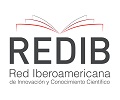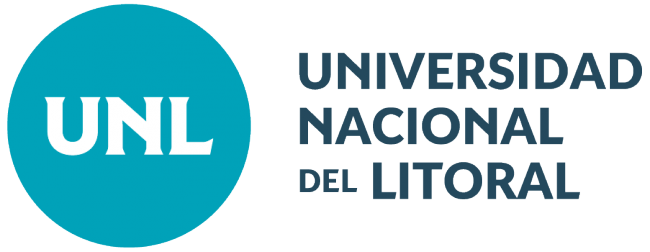Disease problems of smallholder goat flocks in the Calchaquies Valleys (Payogasta, Salta)
DOI:
https://doi.org/10.14409/favecv.v19i2.9507Keywords:
goats, Salta, DiseasesAbstract
A cross-sectional survey was performed in 35 family farming units (FFU) in the Municipality of Payogasta (Salta), with the aim of describing disease presence in their goat flocks. Data on goat management and health were recorded. Sera were processed to diagnose brucellosis using the BPA and FPA test, to caprine arthritis-encephalitis (CAEV) and chlamydiosis by indirect ELISA, toxoplasmosis and neosporosis by IDIF and leptospirosis by microagglutination test. Dog echinococcosis was diagnosed by coproantigen ELISA test. Serum Cu, Zn, Mg and Ca were determined by atomic absorption spectrophotometer. Fecal samples were taken for eggs counts per gram of feaces (epg) and identifying genera by coproculture. Abortions were recorded in 80.6% of the FFU. Contagious echtyma was detected in 73.3% of the FFU. Mastitis and respiratory disorders were recorded in 84.8% and 42.9% of the FFU respectively. FFU positive seroprevalence of brucellosis was 2.9%, leptospirosis 20%, clamidiosis 66.7%, toxoplasmosis 76.9%, neosporosis 100% and CAEV 26.7%. Mean epg were 318, 54 and 46 for June, July and October respectively, with Trichostrongylus and Haemonchus being the prevailing nematodes. Fasciola eggs were observed in 51.4% of the FFU. Positive dogs to Echinococcus were detected in 41.6% of the FFU. Mean serum cooper, zinc, magnesium and calcium per FFU were 0.78±0.13 ppm, 0.63±0.23 ppm, 1.96±0.25 mg/d y 12.2±0.9 mg/dl, respectively. These results show the importance of making studies about the health of flocks in order to increase goat production and smallholder family welfare.
Downloads
Published
How to Cite
Issue
Section
License
FAVE Sección Ciencias Veterinarias ratifies the open access model, in which contents (in full) are available free to anyone in the internet. The costs of production and publication are not transfered to the authors. This policy intends to break social and economical barriers that generate inequities in the access to information, and for the publication of research results.
All articles can be accessed at http://bibliotecavirtual.unl.edu.ar/publicaciones/index.php/FAVEveterinaria/issue/current/, under license Creative CommonsAtribución-NoComercial-Compartir Igual 4.0 Internacional.










